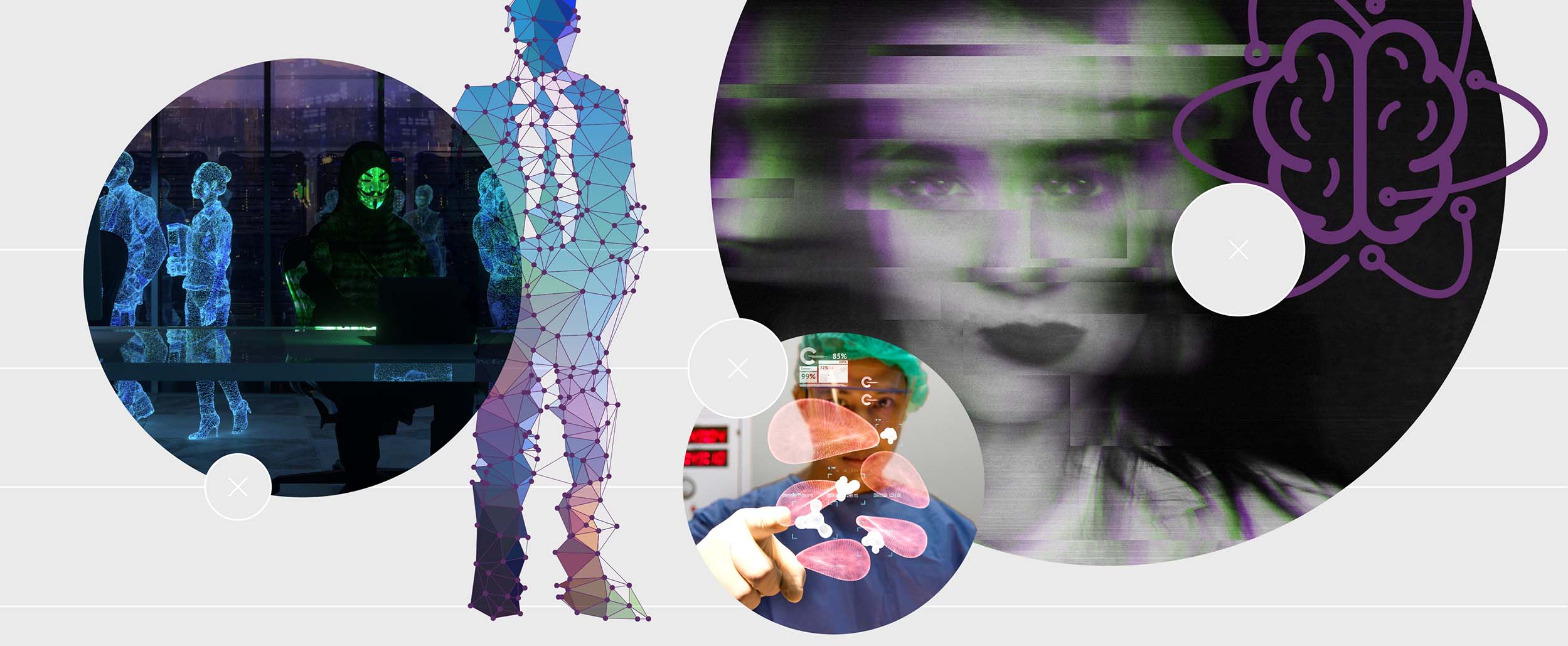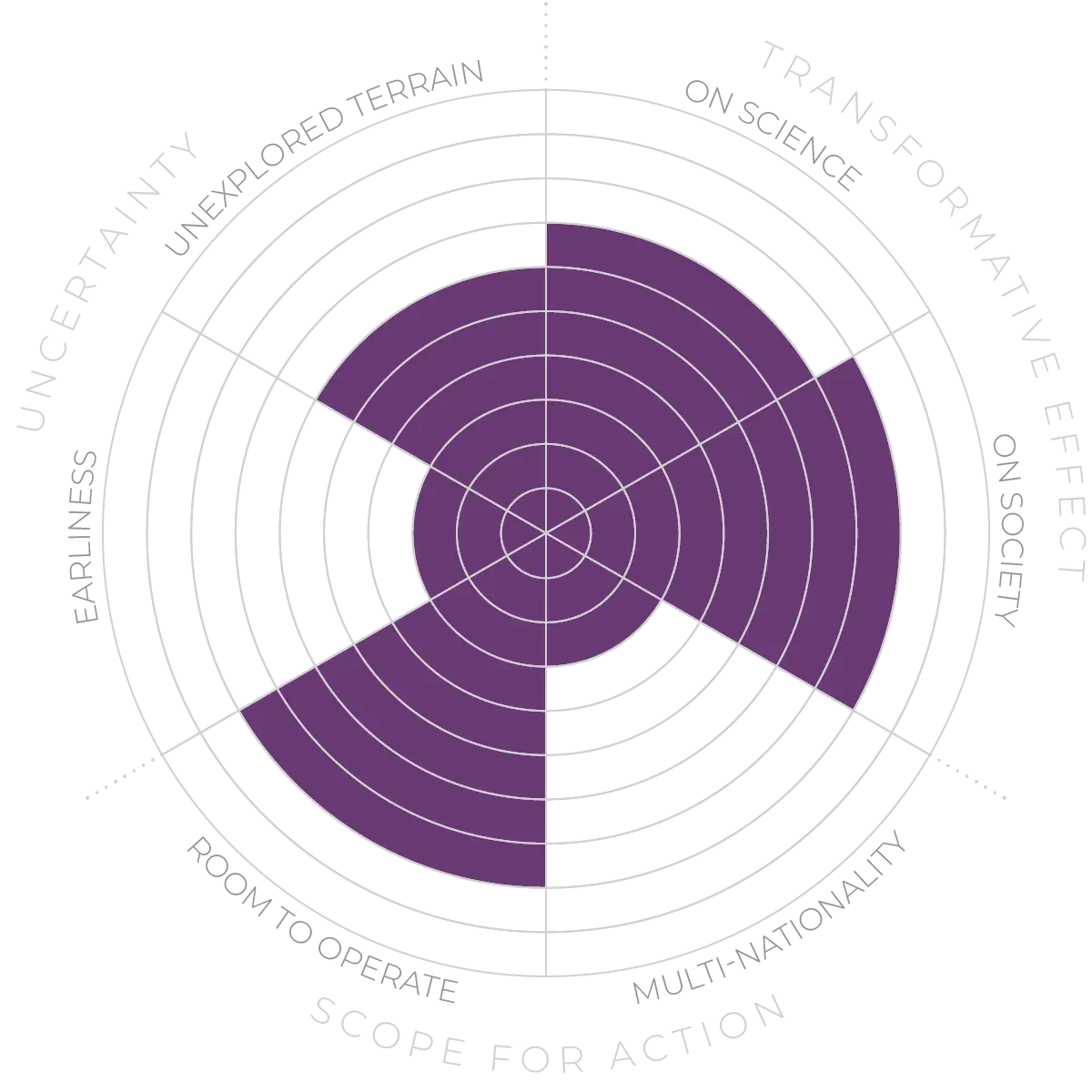AR will lead to a blurring of the boundaries between the physical and digital worlds, which could have profound impacts on human psychology and social relations. The reality-distorting effects of social media are a harbinger of what could come, and phenomena like disinformation, echo chambers28 and body dysmorphia caused by image filters29 could all be turbocharged by AR technology. The ability to tweak users' perceptions of the world around them could also be used to manipulate them in novel ways30. The personalisation of AR experiences could ultimately lead to a breakdown in the shared reality that is essential for the smooth functioning of societies. Extensive psychology, neuroscience and social science research will be required to understand how AR will impact humanity and pre-empt potential pitfalls. VR simulations of future AR scenarios could provide crucial insights.
At the same time, AR will provide a powerful new tool to understand human perception and cognition31. The ability to simultaneously control sensory stimuli and record physiological responses such as eye movement and skin conductance in real-world environments could provide unprecedented insights for physicians, psychologists and neuroscientists32. Such advances could, for example, enable early disease diagnoses, accelerate rehabilitation of cognitive and neurological disorders, and even help optimise everyday behaviours such as eating or sleep patterns33.



